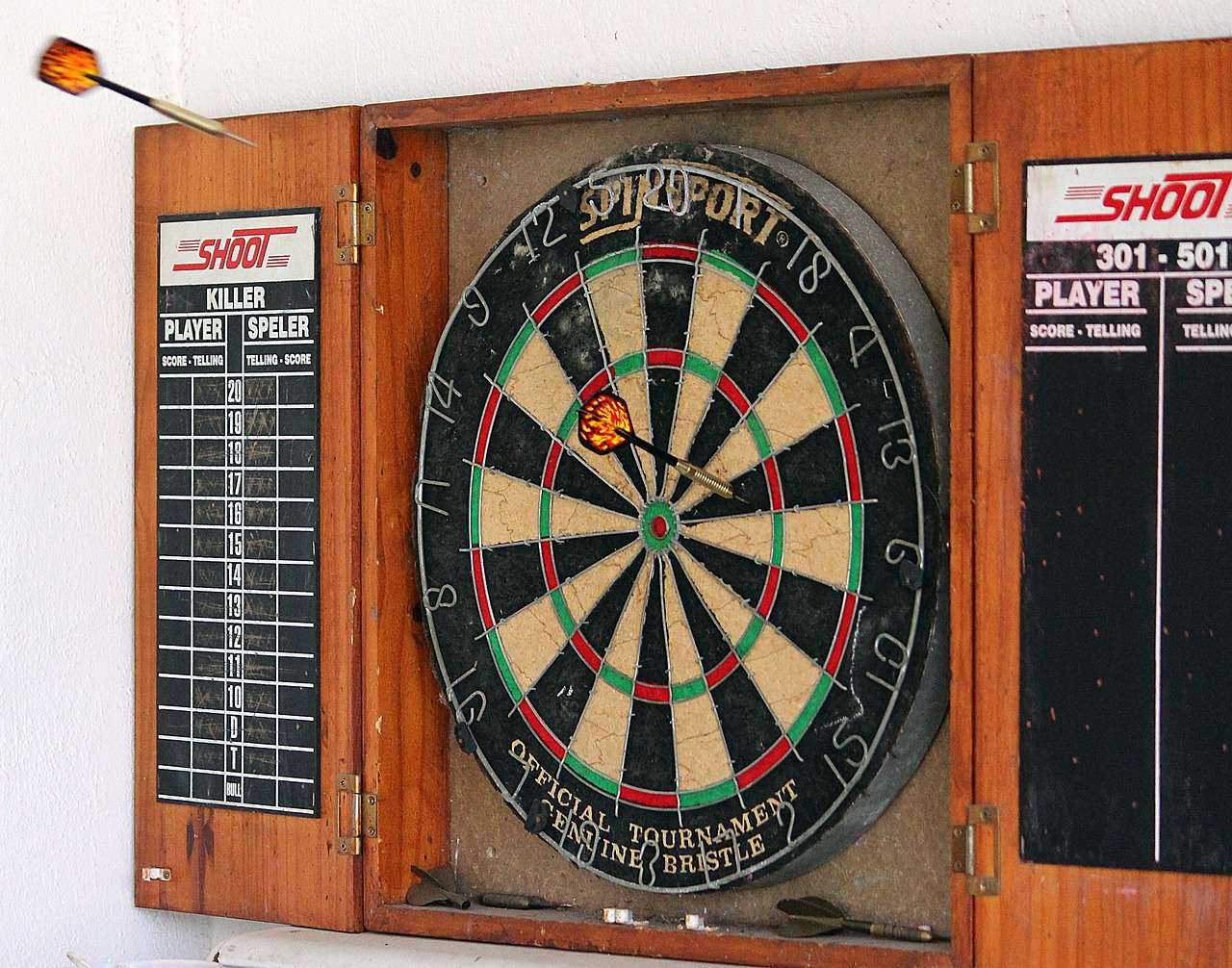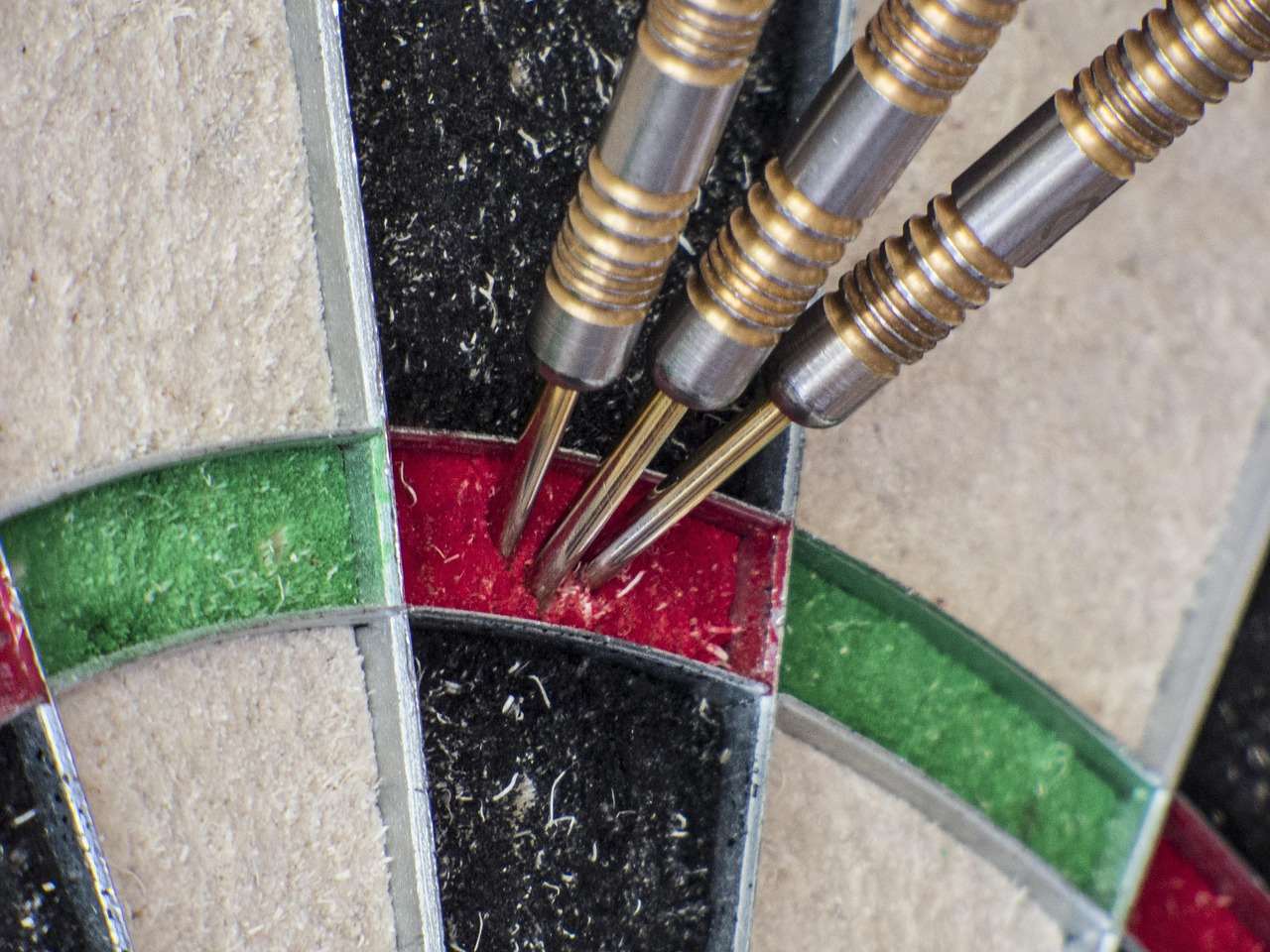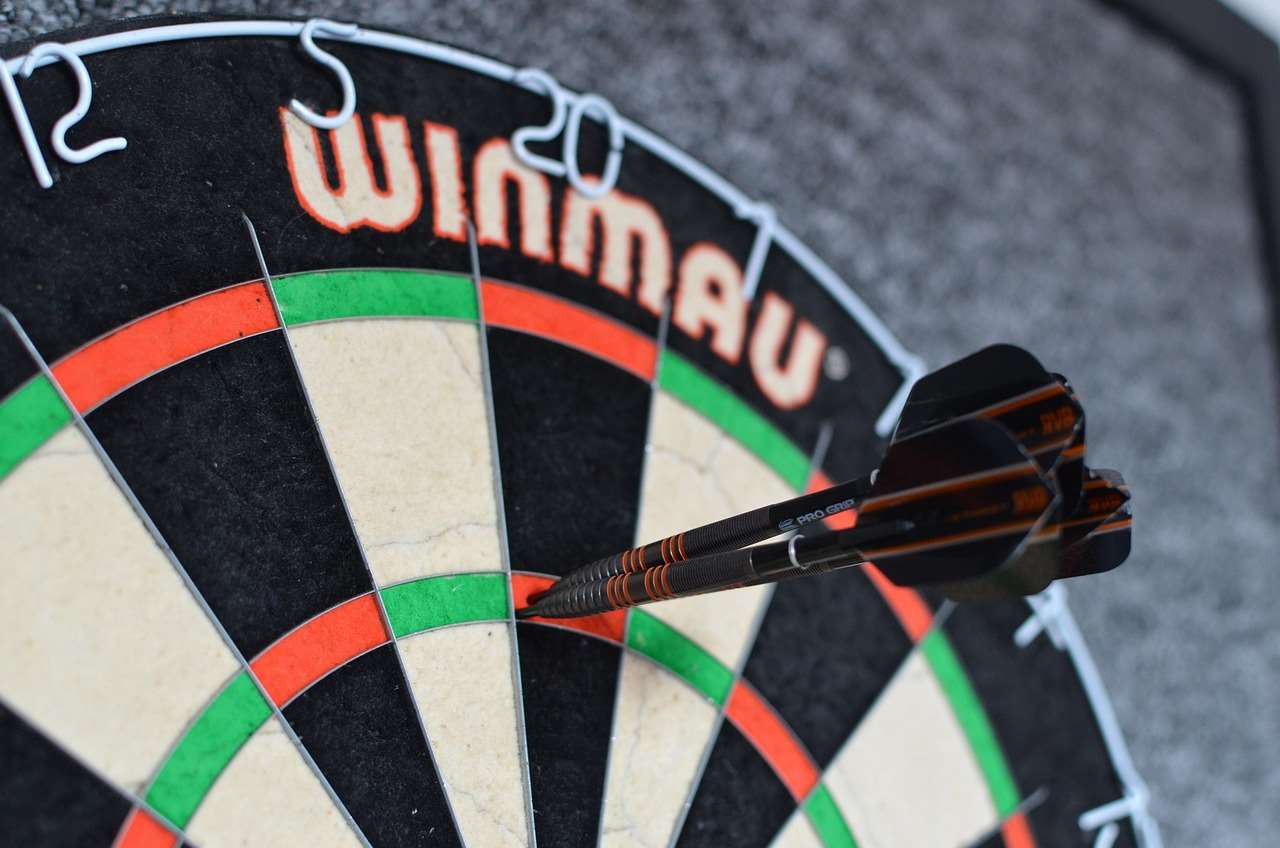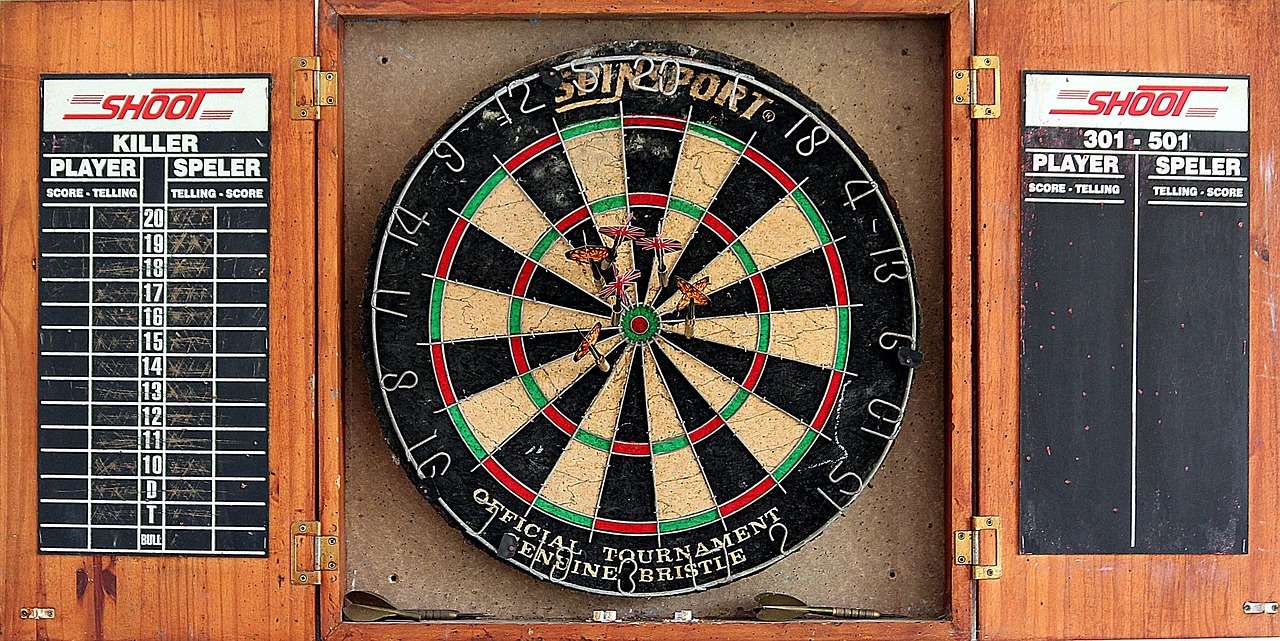Understanding the **DRA rulebook overview main points** is crucial for any dart player, from beginner to seasoned pro, as it outlines the official regulations governing competitive play and ensures fair competition. This article will dissect the most vital aspects of the DRA rulebook, providing clarity on everything from equipment specifications to tournament conduct.
⚠️ Still Using Pen & Paper (or a Chalkboard)?! ⚠️
Step into the future! The Dart Counter App handles all the scoring, suggests checkouts, and tracks your stats automatically. It's easier than you think!
Try the Smart Dart Counter App FREE!Ready for an upgrade? Click above!
Key Equipment Regulations: A DRA Rulebook Overview Main Points Focus
The DRA (Darts Regulation Authority) rulebook dedicates a significant section to equipment specifications. These regulations ensure fairness and prevent any player from gaining an unfair advantage through modified or non-compliant equipment. Knowing these rules is a fundamental aspect of any DRA rulebook overview main points discussion.

Dart Dimensions and Weight
One of the most crucial aspects of equipment regulation involves the dimensions and weight of darts. The DRA stipulates that a dart must not exceed a maximum length of 30.5 cm and a maximum weight of 50 grams. These limits ensure that darts are manageable and do not pose a safety risk. Any dart exceeding these limitations is deemed illegal and cannot be used in official competition.
Dartboard Specifications
The dartboard itself must also adhere to strict specifications. The official dartboard is made from sisal fibers and must be 17 ¾ inches (451mm) in diameter. The double and treble rings must be precisely positioned, and the bullseye must be exactly 5 feet 8 inches (1.73m) from the floor when measured to the center. The accuracy of these measurements is paramount to maintaining fairness. Many players practice at home. If you’re adapting dart game rules for children, you might want to lower the board Adapting dart game rules for children to ensure they can play properly.
Lighting Requirements
Proper lighting is essential for clear visibility of the dartboard. The DRA requires that the dartboard be well-lit, with a minimum illumination level specified in the rulebook. Shadows should be minimized to ensure that players can accurately see where their darts land. Often, specialized dartboard lighting systems are used to achieve optimal illumination.
Tournament Conduct and Etiquette: Essential Elements of DRA Compliance
Beyond equipment, the DRA rulebook lays out strict guidelines for player conduct and etiquette during tournaments. Adhering to these guidelines ensures a professional and respectful atmosphere for all participants. These aspects are integral to understanding the **DRA rulebook overview main points**.
Player Behavior
Players are expected to maintain a high standard of behavior at all times. This includes refraining from disruptive or unsportsmanlike conduct, respecting opponents and officials, and adhering to the rules of the game. Excessive celebration or displays of anger are generally frowned upon and may result in penalties.
Dress Code
The DRA typically enforces a dress code for tournaments. This usually involves wearing smart casual attire, such as collared shirts and trousers. Jeans, shorts, and t-shirts are often prohibited. The specific dress code may vary depending on the tournament, so players should always check the regulations beforehand.

Match Procedures
The rulebook outlines the precise procedures for conducting matches, including the order of play, scoring methods, and dispute resolution processes. Players must be familiar with these procedures to avoid any misunderstandings or conflicts during the game. For instance, if you are looking for **Basic Darts Fundamentals for Beginners**, then you’ll need to learn how to keep score correctly.
Scoring Rules and Regulations: A Deep Dive
Understanding the scoring system is paramount to playing darts effectively. The DRA rulebook provides a comprehensive explanation of the scoring rules and regulations. This is a crucial aspect of any **DRA rulebook overview main points** discussion.
Standard Scoring System
The standard scoring system in darts involves aiming for numbered segments on the dartboard, ranging from 1 to 20, as well as the bullseye. Hitting a single segment scores the corresponding number, while hitting the double ring doubles the score, and the treble ring triples the score. The bullseye is worth 50 points, and the outer bull (single bull) is worth 25 points. If you are interested in something different you might like to explore Fun dart game variations with modified rules.
Game Formats: 501 and Other Variations
The most common game format is 501, where players start with 501 points and must reduce their score to zero by hitting specific numbers. The final dart must be a double or the bullseye to win the leg. Other game formats, such as cricket, also exist and have their own unique scoring rules.
Bust Rule
The “bust rule” applies when a player scores more points than needed to reach zero, or when the player fails to finish with a double or the bullseye. In such cases, the score reverts back to what it was at the start of that turn, and the player must try again on their next turn. This rule adds an element of strategy and precision to the game.

Disciplinary Procedures and Penalties: Maintaining Fair Play
The DRA rulebook also details the disciplinary procedures and penalties for violations of the rules. These measures are in place to maintain fair play and uphold the integrity of the game. Understanding these procedures is essential for anyone serious about competitive darts and a core component of the **DRA rulebook overview main points**.
Types of Violations
Violations can range from minor infractions, such as excessive noise, to more serious offenses, such as cheating or unsportsmanlike conduct. The severity of the penalty will depend on the nature and severity of the violation. It’s crucial to consider How to make darts fairer with handicap rules in informal games to balance skill levels.
Penalties and Sanctions
Penalties may include warnings, fines, point deductions, or even suspension from tournaments. In extreme cases, players may be banned from competing in DRA-sanctioned events altogether. The DRA has the authority to investigate and adjudicate any alleged violations of the rules.
Appeals Process
Players have the right to appeal any disciplinary decisions made against them. The DRA rulebook outlines the appeals process, which typically involves submitting a written appeal to a designated committee. The committee will review the evidence and make a final decision.
Understanding Tournament Formats: From Local Leagues to World Championships
The DRA rulebook provides guidelines, though not always prescriptive, on various tournament formats, dictating how tournaments should be structured and conducted, ranging from local leagues to prestigious world championships. Understanding these formats gives players insight into the competitive landscape. It is also an important aspect when studying the **DRA rulebook overview main points**.
League Structures
Local darts leagues often have their own variations on the rules, but generally adhere to the core principles outlined in the DRA rulebook. League formats typically involve teams competing against each other in a round-robin style, with points awarded for wins and draws. This can apply if you are modifying rules for mixed-level dart players, but the competitive events should be run to the DRA regulations. Consider Modifying rules for mixed-level dart players.

Knockout Tournaments
Knockout tournaments are a common format where players compete in a series of one-on-one matches, with the winner advancing to the next round. The tournament continues until only one player remains, who is declared the champion. These tournaments can be single-elimination or double-elimination.
World Championships
World championships, such as the PDC World Darts Championship, are the pinnacle of competitive darts. These events feature the top players from around the world competing for prize money and prestige. The tournaments are governed by strict DRA regulations and are broadcast to a global audience.
Amendments and Updates: Staying Current with the Rules
The DRA rulebook is a living document that is subject to change over time. It is important for players to stay informed about any amendments or updates to the rules to ensure that they are playing in compliance. Staying current with the rulebook is an ongoing task but a key element in a comprehensive **DRA rulebook overview main points** assessment.
Official Announcements
The DRA typically announces any rule changes through its official website and other communication channels. Players should regularly check these sources for updates. Many players find the best way to improve is with **Basic Darts Fundamentals for Beginners**.
Clarifications and Interpretations
The DRA may also issue clarifications or interpretations of existing rules to address specific situations or ambiguities. These clarifications are just as important as formal rule changes and should be carefully considered. For players in smaller spaces, there may be ways of Adapting darts rules for small spaces: tips and tricks to enjoy the game too.

Impact of Rule Changes
Rule changes can have a significant impact on the game, affecting everything from equipment specifications to scoring regulations. Players should take the time to understand the implications of any rule changes and adjust their strategies accordingly.
The Importance of Upholding the DRA Rulebook
In conclusion, understanding the DRA rulebook overview main points is vital for every dart player aiming for fair play, professional conduct, and competitive success. From adhering to equipment specifications to maintaining proper tournament etiquette and being aware of disciplinary procedures, a comprehensive grasp of the rules ensures a level playing field. By staying informed and upholding these regulations, players contribute to the integrity and continued growth of the sport.
Now that you have a solid grasp of the **DRA rulebook overview main points**, take the next step in elevating your game. Research the current rules or find a local DRA certified event. Your diligence will enhance your enjoyment and respect for the game.
Hi, I’m Dieter, and I created Dartcounter (Dartcounterapp.com). My motivation wasn’t being a darts expert – quite the opposite! When I first started playing, I loved the game but found keeping accurate scores and tracking stats difficult and distracting.
I figured I couldn’t be the only one struggling with this. So, I decided to build a solution: an easy-to-use application that everyone, no matter their experience level, could use to manage scoring effortlessly.
My goal for Dartcounter was simple: let the app handle the numbers – the scoring, the averages, the stats, even checkout suggestions – so players could focus purely on their throw and enjoying the game. It began as a way to solve my own beginner’s problem, and I’m thrilled it has grown into a helpful tool for the wider darts community.